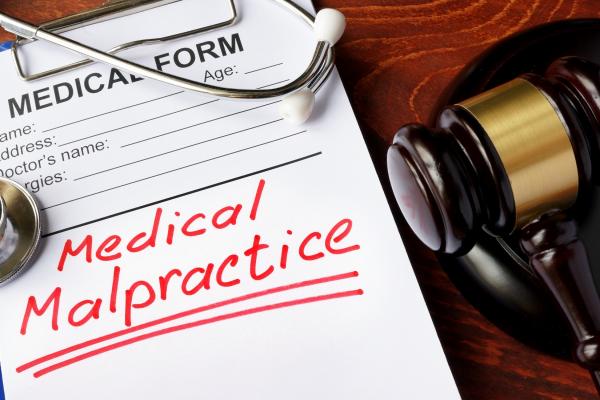If you’ve been injured due to the negligence of a medical professional, you may be entitled to file a medical malpractice claim to recover compensation for your damages. It’s important to understand that these cases are highly complex, and there are strict rules which apply to them. You will need to work with an experienced medical malpractice lawyer who knows how to navigate these state laws and who can aggressively fight for your rights.
During your initial consultation, our attorneys can explain the laws discussed below in greater detail. We’re happy to answer any questions you may have, and we’ll help you understand your legal rights and options. Johnson & Biscone has been helping medical malpractice victims in the Oklahoma City area for over 40 years, and we have the experience necessary to help you recover the compensation you deserve.
Are There Statutes of Limitations for Oklahoma Medical Malpractice Lawsuits?

However, there are certain instances when this two-year time period may start running at a later date than when the injury occurred. If your injury isn’t detectable at the time it happens, the statute of limitations may get pushed to two years from the date you knew, or should reasonably have known, that an injury was caused by medical negligence.
Are There Limits on Damages in Oklahoma Medical Malpractice Lawsuits?
Oklahoma has placed caps on certain types of damages awarded in medical malpractice cases. While there are no limits on economic damages, the maximum amount you can receive in non-economic damages is $350,000, unless there is a wrongful death associated with the medical negligence.
Economic damages refer to the actual financial losses you incurred as part of your injury. This may include:
- Current and future medical expenses associated with the injury
- Lost wages due to time missed at work while you recover
- Lost earning capacity (if you are no longer able to perform your job duties after the injury)
Non-economic damages are more subjective. They’re awarded to compensate you for ways in which you have been impacted by the injury which can’t be objectively quantified by a specific dollar amount. These include:
- Pain and suffering
- Emotional distress
- Diminished quality of life
In certain instances, this $350,000 cap on non-economic damages may be exceeded if the court determines there is clear and convincing evidence that the negligent medical professional engaged in one or more of the following actions:
- Reckless disregard for the rights of others
- Gross negligence
- Malicious intent
- Fraudulent intent
“Affidavit of Merit” Requirements Must Be Met

- A qualified expert has reviewed the allegations made in the lawsuit
- This expert believes a “reasonable interpretation of the facts” supports the conclusion that the medical professional acted negligently
Modified Collateral Source Rule Applies to Medical Malpractice Cases
The collateral source rule applies to most personal injury cases. This rule prevents evidence associated with the injured victim’s access additional sources of compensation, such as insurance benefits, disability payments or workers’ compensation awards, from being presented to a jury during a lawsuit. The purpose of the collateral source rule is to ensure the jury remains focused solely on what the negligent medical provider should pay based on the total extent of the damages suffered, without factoring in additional financial resources available to the victim.
However, this rule is modified for medical malpractice cases. As a result, evidence of these other financial resources may be presented to a jury when discussing damage awards in a medical malpractice case, unless it is unlikely that these resources will become available. For example, if a workers’ compensation claim has been denied prior to the start of the lawsuit, evidence of this collateral source of benefits wouldn’t be admissible during the case.
Contact our Oklahoma City Medical Malpractice Lawyers
Please contact Johnson & Biscone using the form on this page or call 405-232-6490 today to schedule a complimentary consultation. We serve clients in Oklahoma City, Edmond, Norman and the surrounding areas of Oklahoma.

